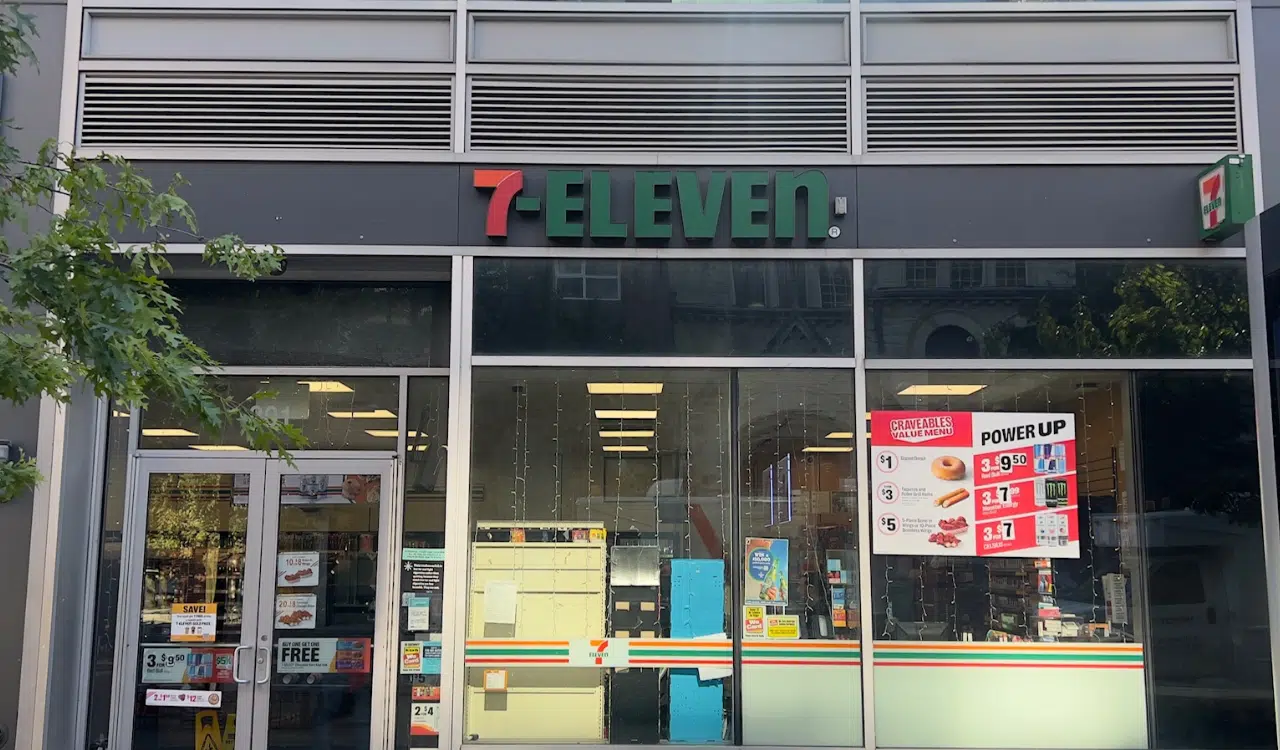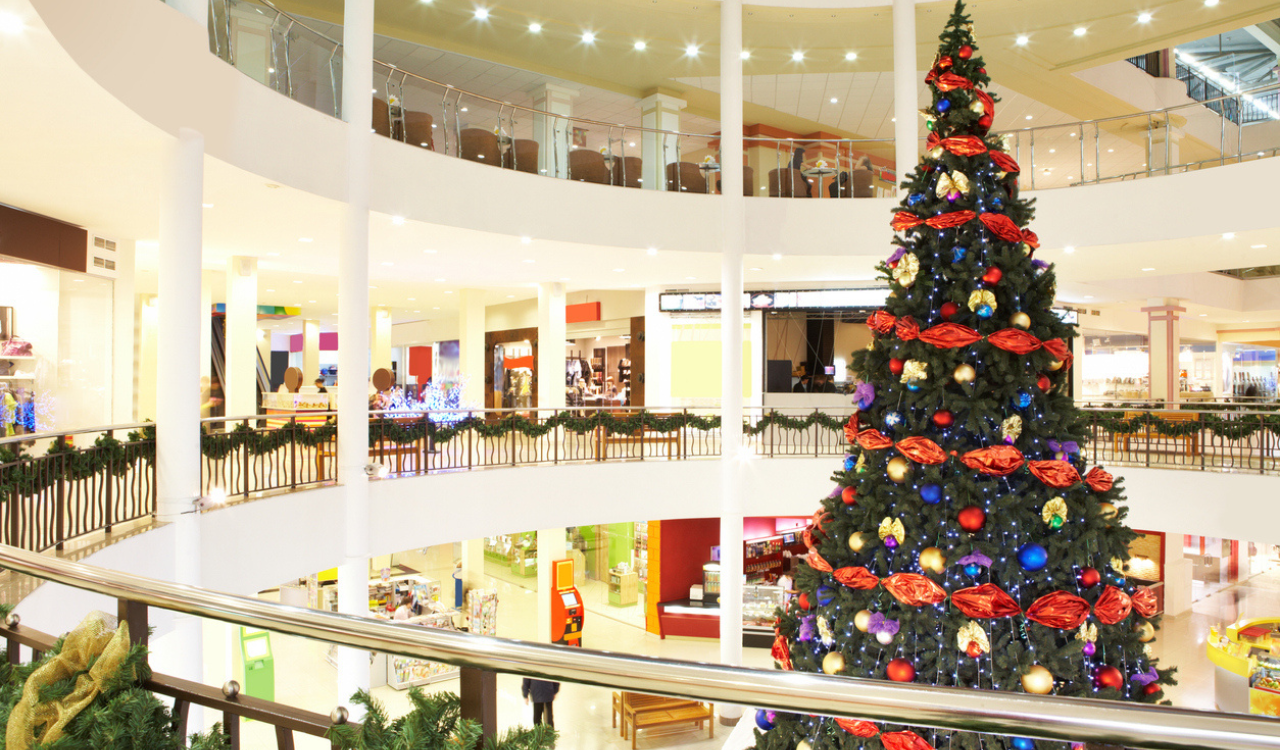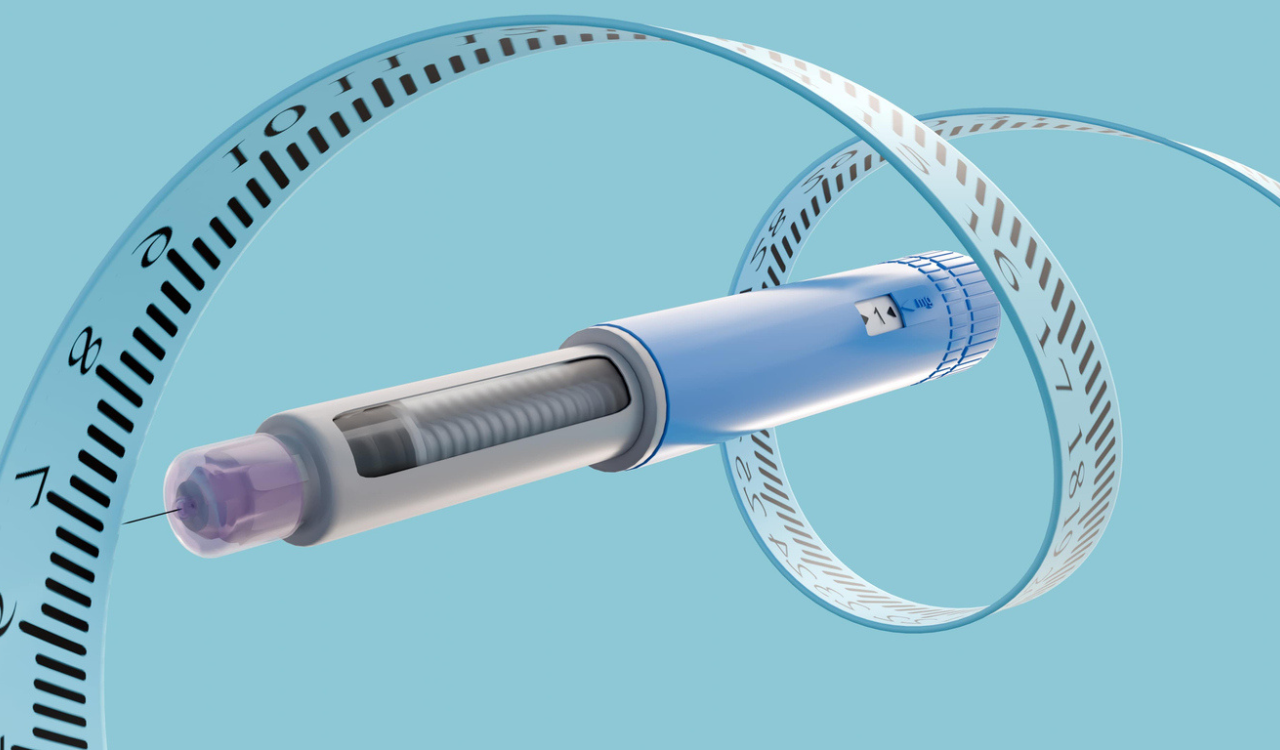Japan-based 7-Eleven’s new American CEO, Stephen Dacus, has big dreams. He wants to accelerate the chain’s food offerings, saying “we’ve been moving a bit too slowly” compared to competitors, and plans to open over 600 large-format, food-focused convenience stores with indoor seating by 2027. These New Standard stores will feature expanded food and beverage offerings, in-store seating, and electric vehicle charging stations.
It sounds impressive on paper. But here’s the reality check that Dacus and the Tokyo boardroom seem to be missing. This ambitious makeover is about to crash headlong into the harsh realities of American franchise economics.
Trust between franchisees and their corporate entities is already at an all-time low. The 2021 National Coalition survey of 7-Eleven franchisees found that more than three-quarters of franchisees said they don't trust 7-Eleven.
The Franchise Problem Nobody’s Talking About
7-Eleven operates over 77,000 stores in 19 countries. Currently, about 75 percent of 7-Eleven’s U.S. stores are operated by independent franchisees – that’s roughly 9,750 of the 13,000 stores here. These aren’t corporate-owned showcases where executives can snap their fingers and magically transform a location. These are independently owned businesses where every dollar of renovation comes out of the franchisee’s pocket. According to 7-Eleven’s website, a one-time franchise fee ranges from $50,000 to $75,000, depending on the store you select, before inventory and other opening and operating costs. One important distinction for this business model is that the company shares gross profits with the franchisee, reportedly 50 percent; a more typical royalty payment is based on sales. 7-Eleven also offers up to 65 percent financing on the initial franchise fee and bears the ongoing cost of the land, building, and store equipment. In other words, the company makes it easier and less expensive to become a franchisee than most other C-stores.
7-Eleven estimates these New Standard stores require $1-2 million in investment per site. Think about that for a moment. You’re asking someone who bought into a convenience store franchise for less than $100,000 to suddenly shell out this kind of capital to upgrade their store, and add some tables and a pizza oven? This seems to be a stretch, even though the company has projected that the new store format will increase sales by 13 percent in the first year and 30 percent after four years (don’t forget the company gets half of that!). 7-Eleven released its fiscal 4th quarter and full-year earnings in April, and it’s estimated that the average store gross sales (depending on location, of course) is between $1 and $2 million in sales before 7-Eleven’s share.
The Economics Don’t Add Up
The recent UK Cinder National Franchise Wellbeing Survey 2025 found that 100 percent of franchisees said running their business has negatively impacted their health and well-being. Add to that, the 2024 International Franchise Association Annual Survey reports that 80 percent of franchisees experienced lower earnings in the previous year, with many struggling to make reasonable profits. These are not entrepreneurs sitting on piles of cash waiting to transform their stores into mini restaurants.
Trust between franchisees and their corporate entities is already at an all-time low, The 2021 National Coalition survey of 7-Eleven franchisees found that more than three-quarters of franchisees said they don’t trust 7-Eleven. Now corporate wants them to bet their financial future on indoor seating and made-to-order pizzas.
Even if franchisees wanted to upgrade and had the money to do so, many simply can’t. Older 7-Eleven locations often are hamstrung by infrastructure issues:
- Electrical systems that can’t handle commercial kitchen equipment
- Plumbing inadequate for expanded food service
- HVAC systems that weren’t designed for dining areas
- Parking lots too small for increased dwell time and EV charging stations
- Lease restrictions on major modifications
Reality Check
Walk into most American 7-Elevens and you’ll see the problem immediately. Many of these stores are 2,400 square feet or less, crammed into strip malls, urban corners, or gas station lots. The new format stores that Dacus is using as his model feature wine cellars, beer coolers, shared indoor and outdoor seating areas, and separate ordering counters for multiple restaurant concepts. Try fitting that into a 30-year-old store with limited parking in East Oakland, California or Jersey City, New Jersey. It’s not happening.
Here’s what I believe the company fundamentally misunderstands about American convenience store culture: Most C-store customers don’t want to linger. They want to grab their Big Gulp, pay for gas, maybe snag some chips, and get on with their day. While the new format stores are showing higher sales than traditional stores, those are cherry-picked locations in affluent suburbs and not representative of the broader 7-Eleven footprint. Yes, there are other chains like Sheetz and Wawa that have been able to attract customers into their locations by selling fresh foods, but high-quality foods have been in both chains’ DNA right from the start; it’s not a new concept for their customers to adjust to.
In working-class neighborhoods, where a lot of 7-Eleven’s are located, customers aren’t looking for artisanal coffee and hand-tossed pizza. They want convenience, speed, and value. According to Explorer Research, the average time a shopper spends in a C-store is under four minutes. Adding seating areas to stores that serve these communities is like putting a wine bar in a bus station – it misses the point entirely.
Dacus admits that competitors have moved faster in food, but he’s fighting the wrong battle. Wawa, Sheetz, and QuikTrip succeeded with food because they built their concepts from the ground up with company-owned stores and consistent execution. They didn’t try to retrofit decades-old franchise locations.
The Only Viable Path: Corporate-Owned Expansion
In my opinion, there is only one way that Dacus’s vision could work: 7-Eleven corporate builds, owns, and operates these New Standard stores themselves; it’s the only economically rational approach. 7-Eleven has done this before. When they acquired Speedway’s 3,800 stores from Marathon Petroleum in 2021 for $21 billion, many came as company-operated locations. They’ve shown they’re willing to make massive capital investments when the returns justify it.
According to the National Coalition of Associations of 7-Eleven Franchisees (representing over 4,400 stores), the number of company-owned locations through acquisitions is now more than 4,400, and the percentage of franchised stores now stands at 60 percent. So, here’s where it gets interesting – and potentially explosive for franchise relationships. If 7-Eleven proceeds with corporate-owned New Standard stores while leaving franchisees with aging traditional formats, they’re essentially creating a two-tier caste system that could destroy the franchise model entirely.
Picture this scenario: Corporate opens a gleaming New Standard store with indoor seating, electric vehicle charging, and made-to-order food three miles from local Joe’s franchise location that’s been serving the community for 20 years. Joe’s store, with its cramped aisles and roller grill hot dogs, suddenly looks like yesterday’s news. Corporate gets the prime real estate, the marketing buzz, and the higher margins, while Joe watches his customer base erode. Spoiler alert: As a corporate store, 7-Eleven keeps 100%.
This is not a hypothetical concern. 7-Eleven’s own investor presentation shows these New Standard stores are delivering higher sales than their store predecessors. When corporate can achieve those returns with its own investment, why would it want to split profits with franchisees? This approach lets 7-Eleven have it both ways – stable income from existing franchises while capturing higher returns from growth markets. But it also fundamentally changes the franchise value proposition from partnership to managed extinction.
Existing franchisees face an impossible choice: invest heavily in upgrades they might not be able to afford to compete with corporate, or watch their businesses slowly become irrelevant as 7-Eleven’s marketing and development focus shifts to the New Standard format. Some franchisees might welcome the opportunity to sell their locations to corporate for conversion. Others will fight to protect their territories. Either way, the current franchise model is unsustainable once corporate starts cherry-picking the best markets for their own high-investment stores.
The Bottom Line
Dacus’s vision isn’t wrong – it’s just incompatible with the franchise model that built 7-Eleven’s American presence. The company has three choices: abandon the New Standard concept, force financially struggling franchisees to somehow fund major renovations, or proceed with corporate-owned expansion that could trigger the end of 7-Eleven franchising as we know it.
My prediction? They’ll choose door number three. The returns are too attractive, the franchisee relationships are already strained, and the company needs growth to justify its valuation amid the takeover failure from Alimentation Couche-Tard. The successful New Standard stores will probably be located in affluent markets. The franchise stores will continue serving their communities until their leases expire or corporate decides those locations are worth converting and buying them out.
Is it evolution or annihilation?





